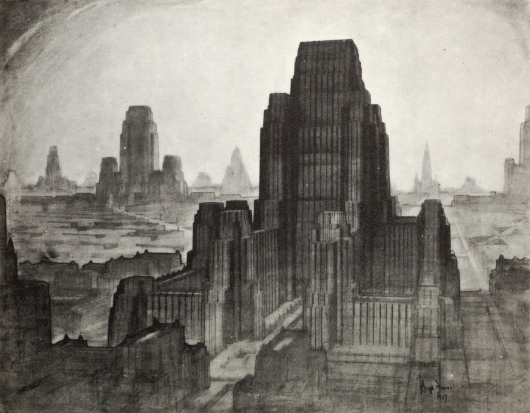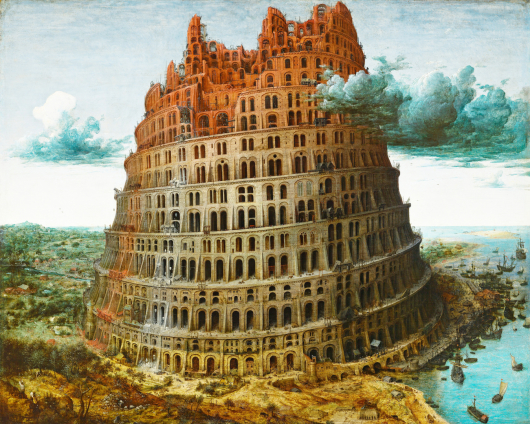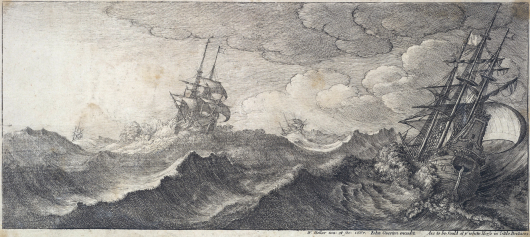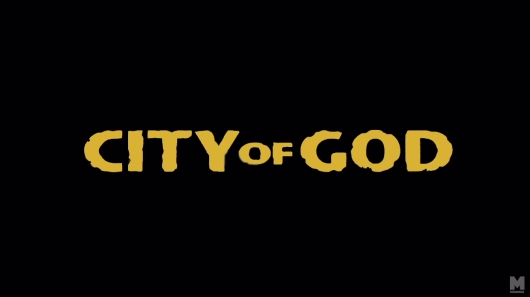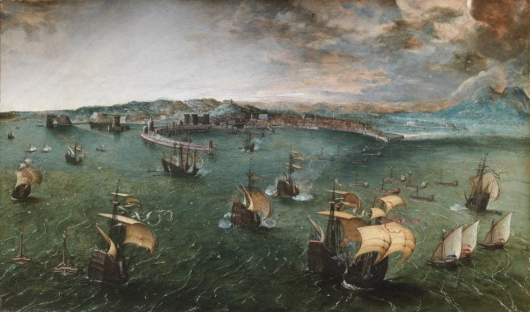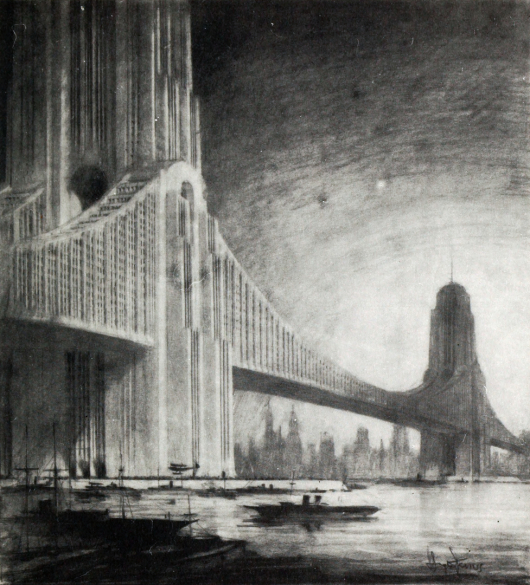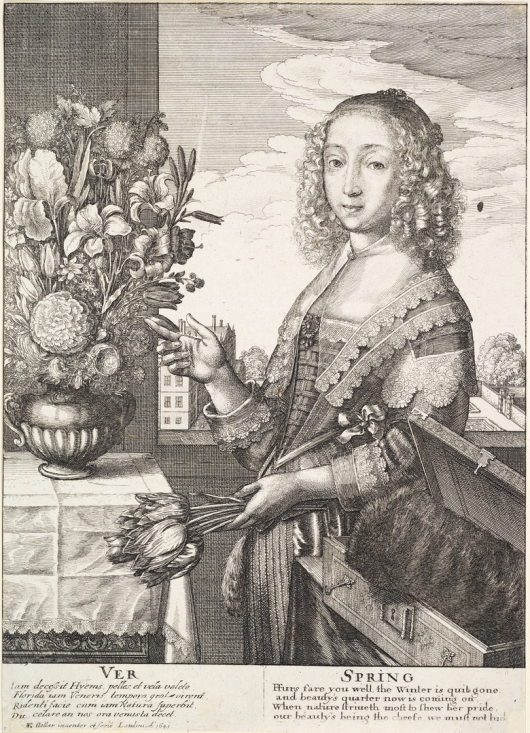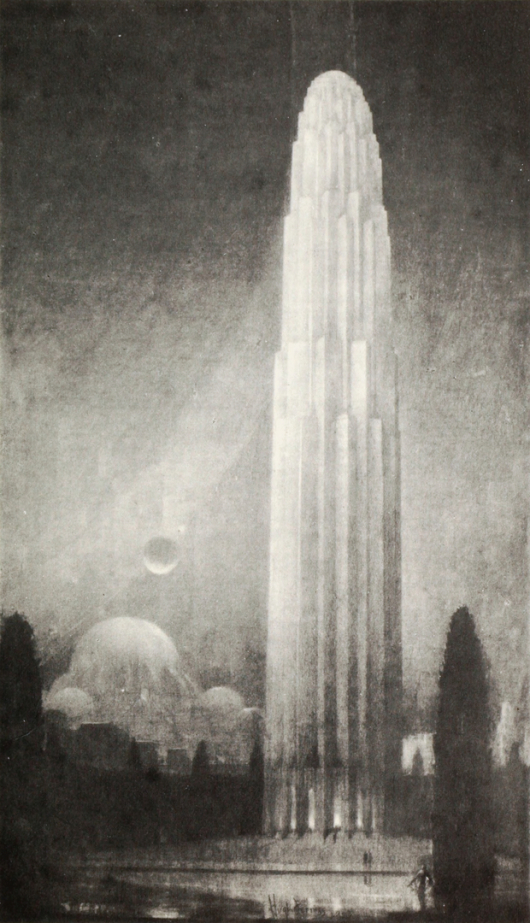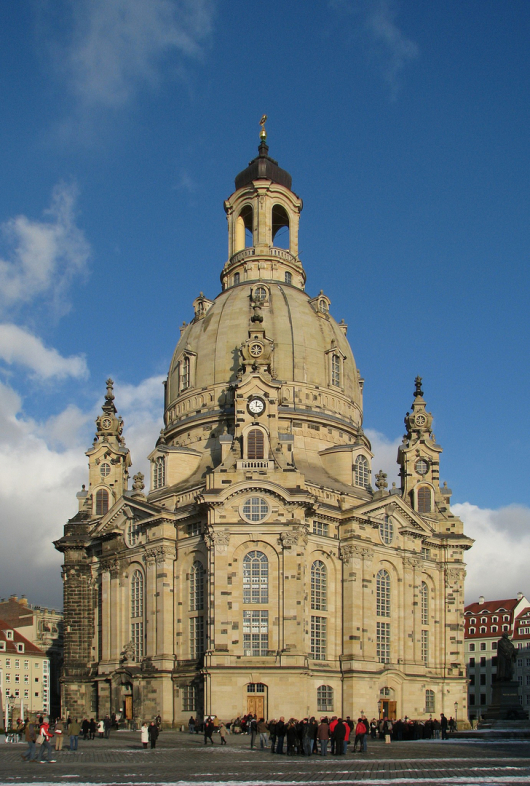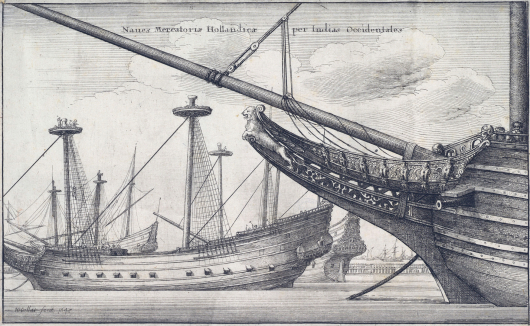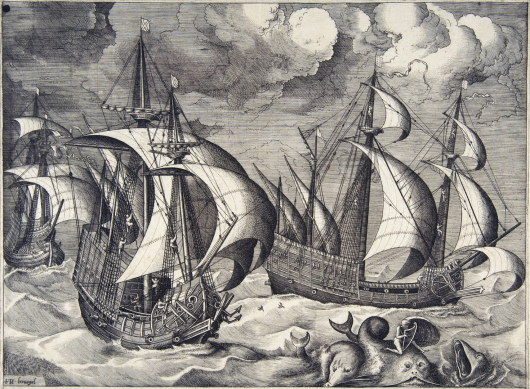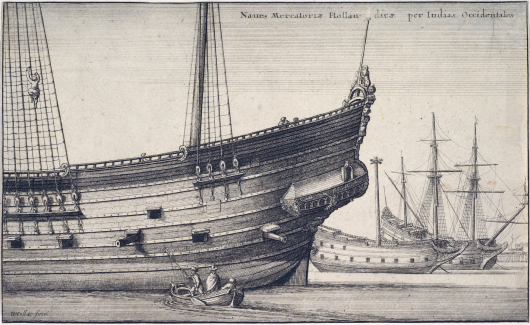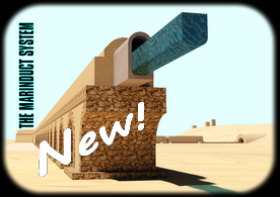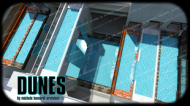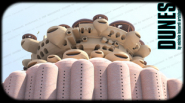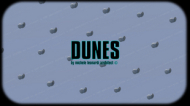The Invisible
Cities
III
Hugh Ferriss: from "The Metropolis of Tomorrow:
An Imaginary Metropolis, The Business Center";
Dover Publications, Inc., Mineola, New York, 1929.
Source: Art Reference Library, Whitney Museum of American Art, NYC.
Realism and abstraction in:
Pieter Bruegel the Elder (c. 1525-30-1569)
Hans Vredeman de Vries (c. 1527-c. 1607),
Wenceslaus Hollar (1607-1677),
Hugh Ferriss (1889-1962).
Pieter Bruegel the Elder:
"The ("little") Tower of Babel" (of Rotterdam), c. 1563-1565.
Source: Google Art Project, Museum Boijmans Van Beuningen, Holland.
D E C I V I T A T E D E I
LA CITTA' DI DIO
“Due amori quindi hanno costruito due città: l’amore di sé spinto fino al disprezzo di Dio ha costruito la città terrena, l’amore di Dio spinto fino al disprezzo di sé la città celeste. In ultima analisi quella trova la gloria in se stessa, questa nel Signore. Quella cerca la gloria tra gli uomini, per questa la gloria più grande è Dio, testimone della coscienza. Quella solleva il capo nella sua gloria, questa dice al suo Dio: Tu sei la mia gloria e sollevi il mio capo.”
Tratto da “La città di Dio” di Sant’Agostino di Ippona, Libro XIV, 28 (Due città, due amori), traduzione dal latino del “De civitate Dei” (413-416 d.C. ca.), e commenti a cura di Luigi Alici, Milano, 2001.
"Accordingly, two cities have been formed by two loves: the earthly by the love of self, even to the contempt of God; the heavenly by the love of God, even to the contempt of self. The former, in a word, glories in itself, the latter in the Lord. For the one seeks glory from men; but the greatest glory of the other is God, the witness of conscience. The one lifts up its head in its own glory; the other says to its God, “Thou art my glory, and the lifter up of mine head.”
Excerpt from "The City of God" by Saint Agustine of Hippo, Book XIV, 28 (Of the nature of the two cities, the earthly and the heavenly), "The Works of Aurelius Augustine, Bishop of Hippo" edited by the Rev. Marcus Dods, M.A., Vol. II, in Edinburgh T. & T. Clark, 1875.
Wenceslaus Hollar: "Warship in the trough of a wave", 1665.
Source: THE MET, The Metropolitan Museum of Art, New York City.
Pieter Bruegel the Elder: "The Triumph of Death", 1562-1563.
Source: Museo Nacional del Prado Madrid.
"City of God", directed by Fernando Meirelles and Kátia Lund, 2002.
Pieter Bruegel the Elder: "Battaglia nel porto di Napoli"
(Battle in the Gulf of Naples), after c. 1551-1553,
Galleria Doria Pamphilj, Palazzo Doria Pamphilj, Rome, Italy.
Hugh Ferriss: from "The Metropolis of Tomorrow:
An Imaginary Metropolis, Technology";
Dover Publications, Inc., Mineola, New York, 1929.
Source: Art Reference Library, Whitney Museum of American Art, NYC.
Pieter Bruegel the Elder:
"The parable of the blind leading the blind", 1538.
National Museum of Capodimonte, Naples, Italy.
Hugh Ferriss: from "The Metropolis of Tomorrow:
Projected Trends, Revesion to past styles",
Dover Publications, Inc., Mineola, New York, 1929.
Source: Art Reference Library, Whitney Museum of American Art, NYC.
Pieter Bruegel the Elder:
Source: THE MET, The Museum of Modern Art, New York City.
Hugh Ferriss: from "The Metropolis of Tomorrow:
An Imaginary Metropolis, The Science Center";
Dover Publications, Inc., Mineola, New York, 1929.
Source: Art Reference Library, Whitney Museum of American Art, NYC.
Wenceslaus Hollar: "Sir Thomas Cromwell Knight et ceteram".
Source: The Thomas Fisher Rare Book Library of
University of Toronto - The W. Hollar Collection.
Hugh Ferriss: from "The Metropolis of Tomorrow:
An Imaginary Metropolis, The Art Center",
Dover Publications, Inc., Mineola, New York, 1929.
Source: Art Reference Library, Whitney Museum of American Art, NYC.
Wenceslaus Hollar: "Temple of Tiburtine Sybil" in Tivoli, 1850.
Source: THE MET, The Museum of Modern Art, New York City.
Hugh Ferriss: from "The Metropolis of Tomorrow:
Projected Trends, Apartments on bridges",
Dover Publications, Inc., Mineola, New York, 1929.
Source: Art Reference Library, Whitney Museum of American Art, NYC.
Wenceslaus Hollar: "Franciscus Bacon".
Source: The Thomas Fisher Rare Book Library of
University of Toronto - The W. Hollar Collection.
Wenceslaus Hollar: "Ver - Spring", 1641.
Source: THE MET, The Metropolitan Museum of Art, New York City.
Wenceslaus Hollar: "Two Swans", 1654-58.
Source: THE MET, The Museum of Modern Art, New York City.
Hugh Ferriss: from "The Metropolis of Tomorrow:
An Imaginary Metropolis, Philosophy",
Dover Publications, Inc., Mineola, New York, 1929.
Source: Art Reference Library, Whitney Museum of American Art, NYC.
The Frauenkirche of George Bähr (1666-1738),
masterwork of Late Baroque Architecture, 1743, 2005 rebuilt,
external and internal views, Dresden, Germany. Source: Wikipedia.
Wenceslaus Hollar: "Naues Mercatoriae Hollandicae
per Indias Occidentales" (Dutch West Indiaman), 1647.
Source: THE MET, The Metropolitan Museum of Art, New York City.
Hugh Ferriss: from "The Metropolis of Tomorrow:
An Imaginary Metropolis, Finance",
Dover Publications, Inc., Mineola, New York, 1929.
Source: Art Reference Library, Whitney Museum of American Art, NYC.
Pieter Bruegel the Elder: "Three Caravels in a Rising Squall
with Arion on a Dolphin", from "The Sailing Vessels", 1561-65.
Source: THE MET, The Metropolitan Museum of Art, New York City.
Hugh Ferriss: from "The Metropolis of Tomorrow:
Projected Trends, The four stages",
Dover Publications, Inc., Mineola, New York, 1929.
Source: Art Reference Library, Whitney Museum of American Art, NYC.
Wenceslaus Hollar: "Naues Mercatorae Hollandicae
per Indias Occidentales" (Dutch West Indiaman), 1647.
Source: THE MET, The Museum of Modern Art, New York City.
BIBLIOGRAPHY
- Italo Calvino: "Invisible Cities", 176 pages, Harcourt Brace Jovanovich, San Diego, CA, U.S.A.,1978.
“Cities, like dreams, are made of desires and fears, even if the thread of their discourse is secret, their rules are absurd, their perspectives deceitful, and everything conceals something else.” In a garden sit the aged Kublai Khan and the young Marco Polo, Mongol emperor and Venetian traveler. Kublai Khan has sensed the end of his empire coming soon. Marco Polo diverts his host with stories of the cities he has seen in his travels around the empire: cities and memory, cities and desire, cities and designs, cities and the dead, cities and the sky, trading cities, hidden cities. As Marco Polo unspools his tales, the emperor detects these fantastic places are more than they appear.
- Frank Lloyd Wright: "The Living City", 225 pages, New American Library, New York City, NY, U.S.A., 1963.
Reveals the great architect's ideas for a model city of the future - Broadacre City - which honors the dignity & integrity of the individual & avoids the ills of modern urbanization through Wright's notion of organic architecture.
- Augustine of Hippo: "City of God", 1184 pages, translation by Henry Bettenson, Penguin Books Classics, City of Westminster, Greater London, United Kingdom, 2004.
St. Augustine, bishop of Hippo, was one of the central figures in the history of Christianity, and City of God is one of his greatest theological works. Written as an eloquent defence of the faith at a time when the Roman Empire was on the brink of collapse, it examines the ancient pagan religions of Rome, the arguments of the Greek philosophers and the revelations of the Bible. Pointing the way forward to a citizenship that transcends the best political experiences of the world and offers citizenship that will last for eternity, City of God is one of the most influential documents in the development of Christianity.
- Christian Norberg-Schulz: "Late Baroque and Rococo Architecture", 221 pages, Mondadori Electa / Rizzoli, Milan, Italy, 1991.
Explores the development and distinctive achievements of the sequential eighteenth-century architectural styles, most fully expressed in Central European monarchical, ecclesiastical, and monumental buildings.
- Hugh Ferriss: "The Metropolis of Tomorrow", 144 pages, Dover Publication, Inc. Mineola, New York - Reprint by the same Dover Publication / Dover Books, Mineola, New York, NY, U.S.A., 2005.
In 1916, New York City enacted zoning laws that mandated the building of “set-back” structures so that light and air would be more freely admitted into the streets below. This concept was first proposed by Louis Sullivan in his 1891 article, “The High-Building Question” (inspired by William Le Baron Jenney’s recently completed Manhattan Building in Chicago.) Hugh Ferriss (1889-1962), American draftsman and architect, studied architecture at Washington University in St. Louis where the Beaux Arts school was favored. Early in his career he worked as a draftsman in the office of Cass Gilbert until he became a freelance delineator. In 1922, Ferris took part in a series of zoning envelope studies that sought to comply with the earlier city legislation. Such were the key ingredients that gave rise to the book at hand.



